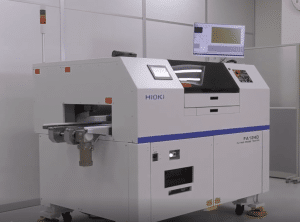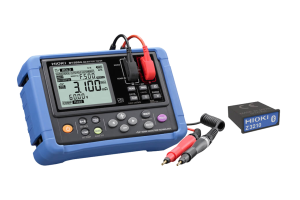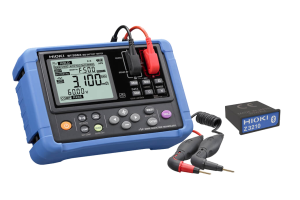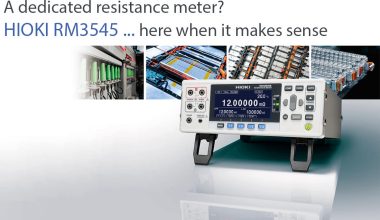What is Impedance?
Impedance is a measure of the resistance that an electrical circuit presents to an alternating current (AC). It is different from resistance, which is a measure of the resistance that a circuit presents to a direct current (DC). Impedance is a combination of resistance and reactance, which is a measure of the opposition that a circuit presents to the flow of AC due to its capacitance or inductance.
Measuring the impedance of a battery can provide valuable information about its condition and performance. For example, as a battery ages, its internal resistance may increase, which can reduce its ability to deliver power and cause it to discharge more quickly. Measuring the battery’s impedance can help identify such issues and allow you to take corrective action before the battery fails completely.
There are several different methods for measuring the impedance of a battery, including the use of specialized impedance meters or multimeters that are designed specifically for this purpose. These devices typically apply a small AC voltage to the battery and measure the resulting current to calculate the impedance. The results of the measurement can then be used to estimate the battery’s capacity, energy density, and other characteristics.

Hioki BATTERY IMPEDANCE METER BT4560
Hioki benchtop battery testers support simultaneous high-speed measurement in the ever-expanding production lines of increasingly larger lithium-ion low resistance batteries.
How do you calculate Impedance?
Impedance is a complex quantity that can be expressed as a combination of resistance and reactance, which are both expressed in ohms.
Resistance is a measure of the opposition that a circuit presents to the flow of direct current (DC). It is determined by the material and cross-sectional area of the conductor, and is represented by the letter “R” in Ohm’s law (V = IR, where V is voltage, I is current, and R is resistance).
Reactance is a measure of the opposition that a circuit presents to the flow of alternating current (AC) due to its capacitance or inductance. Capacitive reactance is a measure of the opposition that a capacitor presents to the flow of AC, and is inversely proportional to the frequency of the AC. Inductive reactance is a measure of the opposition that an inductor presents to the flow of AC, and is directly proportional to the frequency of the AC. Reactance is represented by the letter “X” in Ohm’s law.
The impedance of a circuit (Z) is equal to the square root of the sum of the squares of the resistance and reactance:
Z = √(R^2 + X^2)
Impedance is typically expressed in ohms, just like resistance and reactance.
Related Products

Hioki FA1240 W800 Flying Probe Battery Tester
The Hioki FA1240 W800 Flying Probe Battery Tester is a highly accurate and automated welding quality assurance solution for battery module. The fixtureless solution with

Hioki BT3554-91 Battery Tester – Bluetooth, Straight Leads
BT3554-50 Pin Type Lead not included BT3554-51 Bundled with Pin Type Lead 9465-10 BT3554-52 Bundled with Pin Type Lead L2020 BT3554-91 BT3554-51 + Wireless Adapter

Hioki BT3554-92 Battery Tester – Bluetooth, Angled Leads
BT3554-50 Pin Type Lead not included BT3554-51 Bundled with Pin Type Lead 9465-10 BT3554-52 Bundled with Pin Type Lead L2020 BT3554-91 BT3554-51 + Wireless Adapter
MORE FROM THE MEDIA HUB
February 2, 2024
Future Propulsion Conference 2024
READ MOREJanuary 15, 2024
A dedicated resistance meter? Here is when it makes sense…
READ MOREDecember 4, 2023



